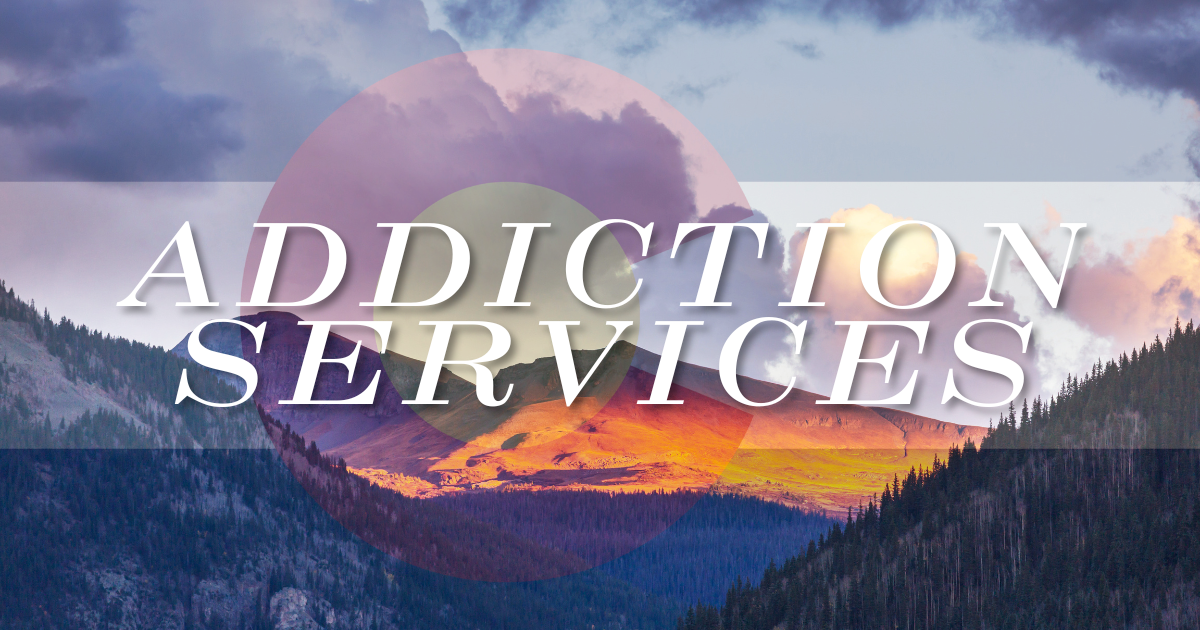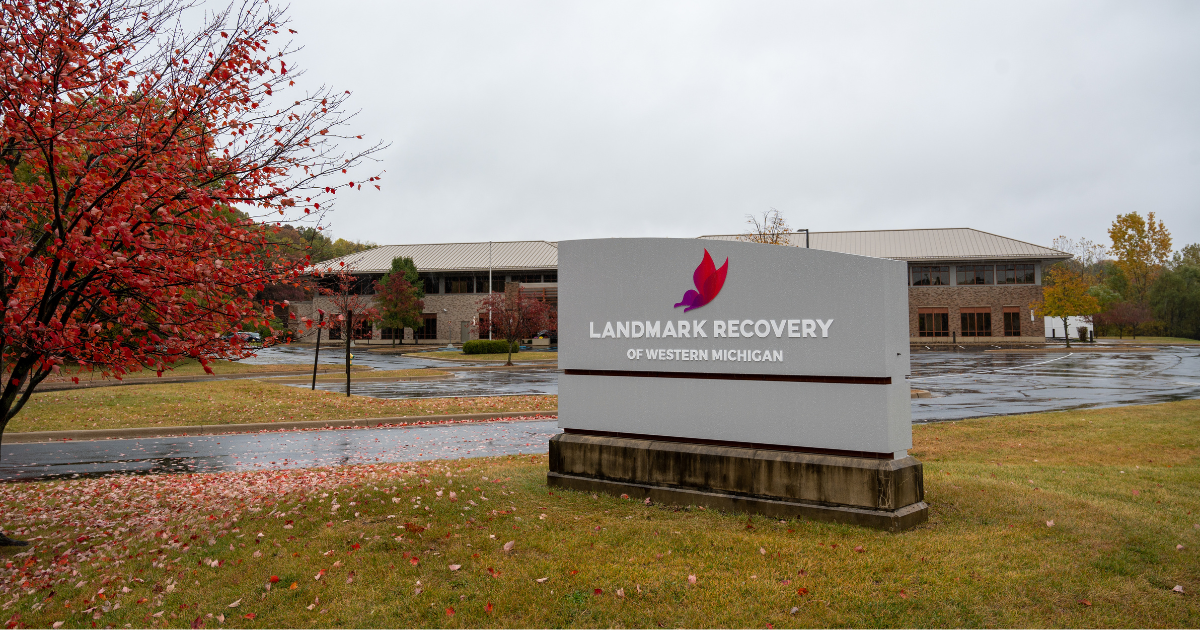Casey’s Law is a piece of legislation officially termed the Matthew Casey Wethington Act for Substance Abuse Intervention.
This act allows the family of those suffering from substance use disorder to request court-ordered rehab to kick start their loved one’s recovery.
How Casey’s Law Came About
Losing a child to heroin addiction is every parent’s worst nightmare.
Sadly, Charlotte Wethington experienced exactly that. Her happy and sporty son, Matthew Casey Wethington, got involved with drugs early in life. He sadly died of a heroin overdose aged just 24.
Charlotte firmly believes her son would still be alive today if he had been legally forced to attend rehab.
After going through this trauma with her son, Charlotte Wethington started fighting to change attitudes toward addiction and also to change policy.
The Matthew Casey Wethington Act for Substance Abuse Intervention came into effect in Kentucky in 2004. Many families have successfully helped send their loved ones to rehab using this act, now referred to as Casey’s Law in tribute to Matthew Wethington.
Medication-Assisted Treatment
One of the most effective treatments for substance use disorder is medication-assisted treatment (MAT).
Medication-assisted treatment combines cognitive behavioral therapy (CBT) with prescription medicine to mitigate the severe withdrawal symptoms that can accompany cessation.
Rehab is normally only available to people with a substance use disorder if they show a commitment to recovery. Quitting drugs takes willpower. Recovery is an ongoing and challenging experience.
When in the depths of addiction, the idea of going without drugs is unbearable so getting someone to voluntarily head to rehab can be problematic. Heroin addicts generally don’t think they need rehab, they just think they need another hit.
MAT is expensive and people with severe substance use disorder require intensive therapy for it to work. Most healthcare systems can’t justify the financial risk of putting someone into rehab only for them to relapse at the first roadblock they encounter.
Involuntary Rehab Can Work
Successful recovery is perfectly possible with involuntary rehab.
Indeed, when someone is enmeshed in a cycle of crime and addiction, they become substance abuse-impaired. Their addiction is a mental illness that makes them believe the only thing that counts is their next hit. They are often unable to seek medical help independently.
Once someone has forcibly detoxed from drugs using prescription medication, sobriety enables them to see their situation more clearly. With increased clarity, it’s possible to make better decisions. This is not always practical or possible outside of a recovery center.
There are many success stories in the media praising Casey’s Law.
Matt Peterson became addicted to opiate painkillers after an accident then progressed to heroin because it was cheaper. He is now in successful recovery thanks to Casey’s Law.
Vanessa Hesler is another success story benefiting from the fact her family used Casey’s Law to get her back on track.
There are many testimonials from people who have successfully recovered from substance use disorder on the Casey’s Law website right here.
How Does Casey’s Law Work?
Casey’s Law is only applicable in two states: Ohio and Kentucky.
The process is different in both states, although implementation is typically simpler in Kentucky.
Kentucky
To start the process in Kentucky, you should contact the county attorney and obtain evaluations. One evaluation must be from a physician.
The next step is to file a petition with the court. A court date is then set within 14 days.
The next step is to find a suitable treatment center.
Once the court order is made, the defendant has between 60 and 360 days to engage with the treatment center or they face jail time.
Ohio
In Ohio, the case has to satisfy three requirements:
- The individual must suffer from substance use disorder
- They must present a danger to themselves or others
- They must demonstrably benefit from treatment
Petition processes vary from county to county in Ohio.
Contact your local probate court to obtain a petition for Involuntary Treatment for Alcohol and Drug Abuse.
Deaths By Drug Overdose
The prevailing punitive attitude towards addiction is clearly not working. Heroin overdose deaths have reduced in some states, perhaps due to the introduction of the overdose antidote Narcan.
In 2018, there were a total of 67,367 deaths from drug overdose in the US. There was a 10% increase in deaths from synthetic opioids with the number of heroin overdoses also increasing.
- West Virginia had the highest rate of deaths from heroin overdoses with 51.5 per 100,000
- Delaware had 43.8 deaths per 100,000 from heroin overdoses
- Pennsylvania had 36.1 deaths per 100,000 from heroin overdoses
Heroin overdose rose sharply in every state from 2013 to 2017. However, from 2017 to 2018 the rate of drug overdose deaths fell in around one-third of states.
Heroin addiction is often chronic. Also, people who recover from heroin addiction have a strong chance of relapsing (40 to 60%). The likelihood of an overdose increases after relapse, too.
The risk of death by overdose is higher still if heroin is mixed with other substances like alcohol or benzodiazepines.
The Future of Addiction Treatment
Over 60% of people with a substance use disorder have experienced an adverse childhood experience (ACE). It is believed that this could be a root cause of addiction and that people use drugs as a coping mechanism to escape difficult emotions. Therapy and group support can help people to tackle these emotions.
Many people in recovery attribute their success to the emotional support they receive in group therapy. By contrast, outside the therapy room, they’re faced with a harsh world of judgment and stigmatism. This harsh atmosphere can compound the negative thought processes capable of triggering a relapse.
If every person in a community saw addiction as a disease that can be treated with love, compassion, and patience, would recovery rates rise?
It seems that emotional healing could be at the core of healing addiction. Those who successfully recover have faced their shadow emotions and stared their inner demons in the face.
Casey’s Law shows that forcing someone into rehab can lead to a successful recovery.
A shift in policy and culture in every state is required to tackle the continued fight against drug overdose deaths.
Today, Charlotte continues to campaign to expand Casey’s Law across all states.
What To Do Next
If you have any further questions about Casey’s Law, don’t hesitate to get in touch with our friendly team of experts here at Landmark Recovery. Call us today at 888-448-0302.

Choose Recovery Over Addiction
We're here 24/7 to help you get the care you need to live life on your terms, without drugs or alcohol. Talk to our recovery specialists today and learn about our integrated treatment programs.







